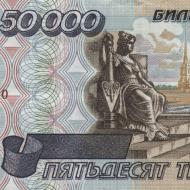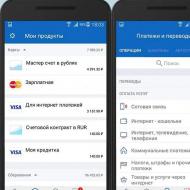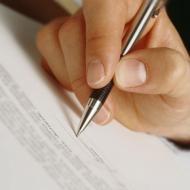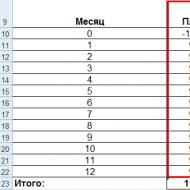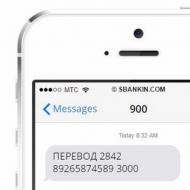
How do you know if it's a credit card or a debit card?
How do you know if it's a credit card or a debit card?
Almost every banking client has credit and debit cards. They differ in the range of functions and capabilities for their owner. Based on his needs, a person can choose which card to use. The main difference between a credit card and a debit card is that on a credit card, in addition to the client’s personal funds, there are also borrowed funds that the bank has transferred for use under certain conditions. Only personal funds can be stored on a debit card.
Also, differences between these cards can be found in the set of functions. Banks often issue credit cards jointly with partners, for example, Russian Railways, AliExpress, MTS, Svyaznoy, Mvideo, etc. This gives their owner the opportunity to receive more bonuses (points, cash back) for purchases.
You can distinguish a credit card from a debit card by the tariffs that are issued with the card. But some users are trying to figure out how to distinguish cards by appearance. Some credit institutions provide this opportunity, but others prefer to issue cards that are similar in appearance, so that only their owner knows where credit funds are available and where they are not. Only a bank can confirm your hypothesis - whether there is a credit card or a debit card in front of you.
However, a conclusion can be drawn from the design of the card. It’s worth going to the bank’s website and looking at the cards offered. There may be a card in front of you - it can be issued only as a debit card or only as a credit card.
The conclusion can be drawn from the fact that whether the person's name is written on the card or not. If it is not written, it is most likely a Debit card. Banks try not to issue unnamed credit cards.
How to externally distinguish a credit and debit card?
The standard set of marks on the map consists of a mark:
- Payment system.
- Name of the issuing bank.
- Chip.
- Holograms.
- Card numbers.
- Drawing.
- Validity.
In addition to these characteristics, some banks add (usually in the upper right corner) the inscription Credit

which indicates whether it is a credit or debit card. Based on this entry, it is quite easy to determine the type of plastic.
However, not all credit organizations make such a mark and issue outwardly identical cards, the contents of which only their owner knows. On the one hand, this is quite safe - if the card falls into the hands of fraudsters, they will not be able to guess what kind of card is in front of them, but on the other hand, this confuses the card owner himself, because he may have several of them.
You can find out the type of card by checking your online banking statement. It indicates the credit limit, the available balance, the amount of expenses and income, the minimum payment to be made (if there is a debt).

Overdraft by debit card.
Debit cards do not have a credit limit, but the client can “go” into the red. This phenomenon is called “overdraft”. Most often, an overdraft is opened by the bank on salary cards and reaches no more than 1-2 times the salary. If the client uses overdraft funds, they are then automatically repaid from incoming salaries. Overdraft creates the temptation to spend more than you have. Having spent the entire provided limit, you can be left without your next salary, which will be used to pay off the previous debt. This routine can be quite addictive, so it is not recommended to get carried away with overdraft money.
Overdraft on a debit card happens:
- Allowed. In this case, the bank sets the amount that the client can spend in addition to his own funds. When money is received, the limit is automatically cleared. The difference between an overdraft and a credit limit is that there is no grace period for an overdraft, so you will need to pay interest for its use.
- Unauthorized. This situation is allowed in some cases, for example, when the client made a foreign exchange transaction, and the amount was debited from the account later, when the exchange rate increased, or there was a withdrawal at “zero” at another ATM that charged a commission, or paid services were activated (SMS, insurance on the card, annual maintenance was written off). For the occurrence of an unauthorized overdraft, the bank imposes a significant fine. To prevent this, you should periodically check the balance on the card and leave a small amount on it for an emergency, for example, 500-1000 rubles.
Thus, you can “go into the red” using a debit card. Having an overdraft has its advantages and disadvantages. If you often need to use borrowed funds, then you should get a credit card and repay it during the grace period so as not to constantly pay interest, as is the case with an overdraft.

